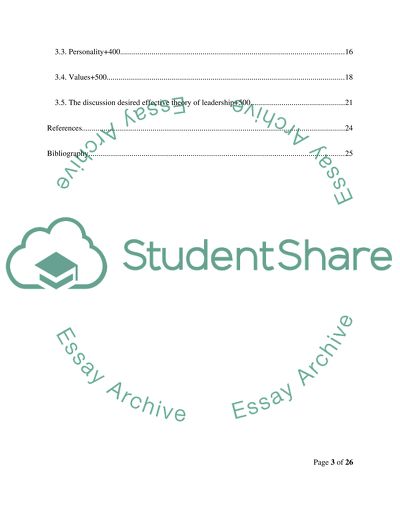Cite this document
(“Org behavior 3 leadership Essay Example | Topics and Well Written Essays - 5000 words”, n.d.)
Retrieved from https://studentshare.org/environmental-studies/1421428-org-behavior
Retrieved from https://studentshare.org/environmental-studies/1421428-org-behavior
(Org Behavior 3 Leadership Essay Example | Topics and Well Written Essays - 5000 Words)
https://studentshare.org/environmental-studies/1421428-org-behavior.
https://studentshare.org/environmental-studies/1421428-org-behavior.
“Org Behavior 3 Leadership Essay Example | Topics and Well Written Essays - 5000 Words”, n.d. https://studentshare.org/environmental-studies/1421428-org-behavior.


